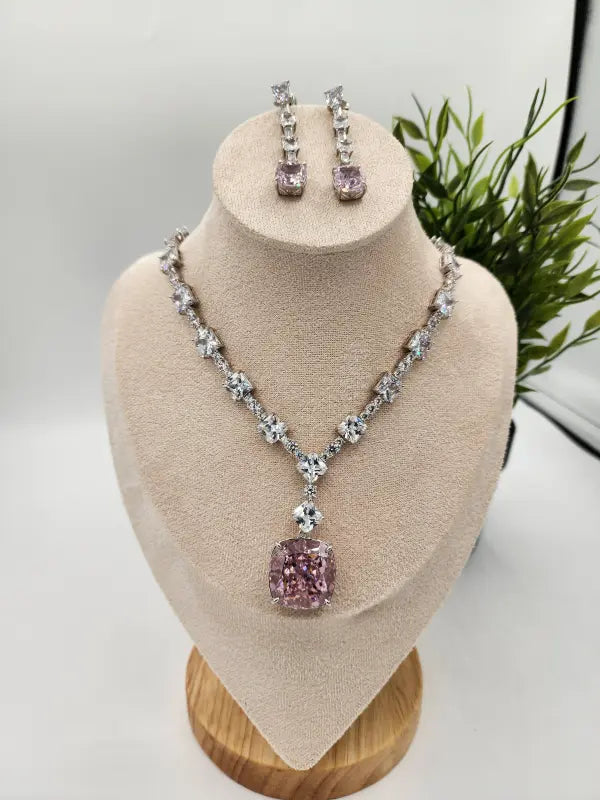Paithani sarees, renowned for their elegance, intricate designs, and rich history, are a testament to India's glorious textile heritage. Named after the town of Paithan in the Aurangabad district of Maharashtra, this saree has a legacy that spans over two millennia. Today, the Yeola town in Nashik, Maharashtra, has become the largest manufacturer of Paithani sarees, continuing the age-old tradition of weaving that began in Paithan.
The Distinctive Features of Paithani Sarees

Paithani sarees are characterized by their unique borders and pallu (padar). The borders often feature an oblique square design, while the pallu is traditionally adorned with intricate peacock motifs. These sarees come in both plain and spotted designs, with single-colored and kaleidoscope-colored options available. The kaleidoscopic effect is achieved by using one color for weaving lengthwise and another for weaving widthwise, creating a mesmerizing blend of hues.
A Glimpse into the History of Paithani Sarees

The history of Paithani sarees dates back to the 2nd century BC, during the Satavahana Dynasty. Originally, these sarees were made with pure gold wire woven with cotton and silk. The opulence of Paithani caught the attention of the Greco-Romans, who were so enamored by its beauty that they would exchange gold for these luxurious textiles.
In ancient times, Paithani sarees were exclusively worn by royalty and were known as "Pratishthani," derived from the ancient city of Pratishthan, now known as Paithan. The saree also finds mention in various Hindu and Buddhist texts, where it is referred to as "Dev vastra" or the "fabric of the gods."
Paithani's rich history continued through the centuries, thriving particularly under the patronage of the Peshwas in the 18th century. It is said that Madhavrao Peshwa had a special fondness for Paithani textiles. The Nizam of Hyderabad also admired Paithani, and his daughter-in-law Nilofer is credited with introducing new motifs to the saree's border and pallu designs.
The Evolution of Paithani Sarees

Traditionally, Paithani sarees were woven with a cotton base, but over time, they evolved to incorporate silk. The production of Paithani shifted towards meeting export demands, and the sarees were crafted for sophisticated buyers. Present-day Paithani sarees are made entirely of silk, with no trace of cotton.
The transition from cotton to silk was accompanied by changes in the weaving techniques. Silk, once imported from China, is now sourced from Bangalore, while zari, the metallic yarn used in the sarees, is made of pure silver. Originally, zari was drawn from pure gold, but silver has become a more affordable substitute in contemporary times.
Types of Silk and Zari Used in Paithani Sarees

There are three primary types of silk threads used in Paithani sarees:
- Charkha: This is the most widely used type of silk. It is relatively cheap, dull, and uneven in texture.
- Ciddle-Gatta: This is a fine quality silk that is thin, shiny, smooth, and even. It is more expensive than Charkha silk.
- China Silk: This is the most expensive type of silk used in Paithani sarees. It is known for its superior quality and luxurious feel.
The zari used in Paithani sarees is made of pure silver, with the highest quality threads measuring 1200 yards (1080 meters) per tola (11.664 grams). This zari, when woven into the saree, creates a golden ground upon which angular, brightly colored silk designs are interwoven, resulting in a tapestry effect that is both visually stunning and elegant.
The Craftsmanship Behind Paithani Sarees
Paithani sarees are a marvel of craftsmanship, made using a plain weave with weft figuring designs based on tapestry principles. The warp, which forms the base of the saree, is typically made of 20-22 denier-organized silk, while the weft, which adds the intricate patterns, is made of lightly twisted 30-32 denier silk.
The zari used in Paithani sarees is of the highest quality, with threads obtained from Surat. These gold threads, sometimes woven so finely that they create a mirror-like surface, are what give Paithani sarees their distinctive sheen and luxurious feel.
FAQs
Q1: What makes Paithani sarees unique?
A1: Paithani sarees are unique due to their intricate border and pallu designs, particularly the peacock motifs and the oblique square borders. The use of high-quality silk and zari, combined with the kaleidoscopic weaving technique, adds to their distinctiveness.
Q2: Where did Paithani sarees originate?
A2: Paithani sarees originated in the town of Paithan in the Aurangabad district of Maharashtra. Today, the town of Yeola in Nashik is the largest manufacturer of these sarees.
Q3: What materials are used in making Paithani sarees?
A3: Paithani sarees are made of silk and zari. The silk used includes types like Charkha, Ciddle-Gatta, and China silk. The zari is made of pure silver, though it was originally made from gold.
Q4: How old is the tradition of Paithani sarees?
A4: The tradition of Paithani sarees dates back over 2,500 years, with its origins traced to the 2nd century BC during the Satavahana Dynasty.
Q5: What are the different types of Paithani sarees?
A5: Paithani sarees come in various types, including plain, spotted, single-colored, and kaleidoscope-colored designs. The designs vary in their border patterns and the motifs used on the pallu.




